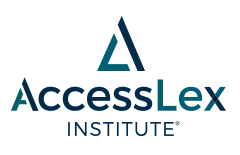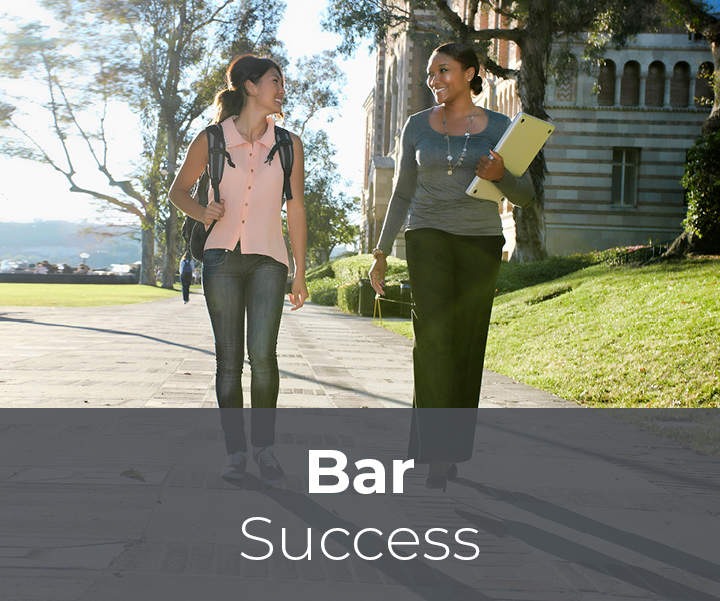
Diversity and Inclusion in Law School and Higher Education
Second Mode Inclusion Claims in the Law Schools
Document Type
Issue/Research Brief/Blog
Publication Date
11-2018
Keywords
diverse campus environment, campus climate
Abstract
This paper assesses the recent proliferation of diversity and inclusion claims in law schools across the United States, often articulated by racial and ethnic minority students. On campus, and in the larger culture, the minority students’ claims are often seen as new, radical, and difficult to accurately describe and adequately remedy. At times, the protesters have described classroom and campus environments where language, symbols, and other forms of diffuse power operate to the systematic disadvantage of racial minorities, and these students have also asserted the desire to redistribute power and authority within the university. However, this paper argues, by setting out the long history of inclusion claims in higher education, that the difficult issues raised by these claims are hardly novel. Historically, claims that seemed like calls for simple removal of barriers to participation in educational institutions have been inseparable from claims that assert that the core culture of the institutions must be reoriented for full inclusion to take place. Inclusion claims have often moved easily from one mode to another. Law schools have responded to the recent protests by proposing changes — many of them creative — that nonetheless exist within the normal and expected way of doing business within a university. The protesters, by contrast, have described legal education in a manner would require changes in the functioning of law schools that would correctly be regarded as controversial, even revolutionary. Nonetheless, these are the true stakes behind the most recent round of inclusion claims, just as they have been ever since the beginnings of the civil rights era.




